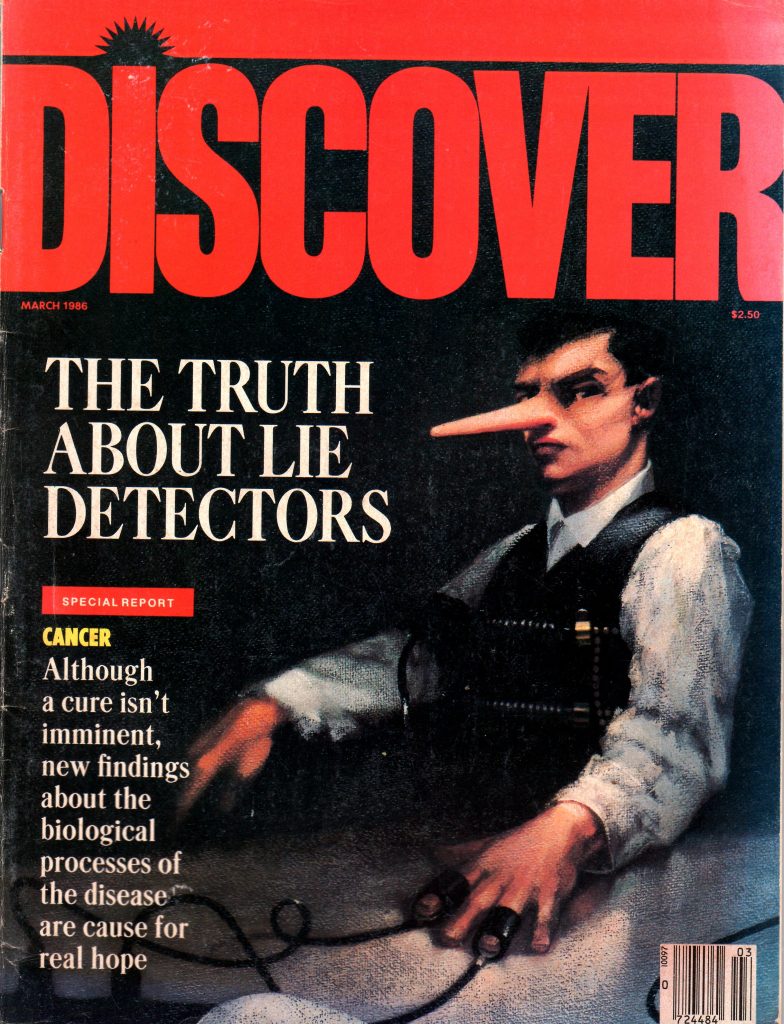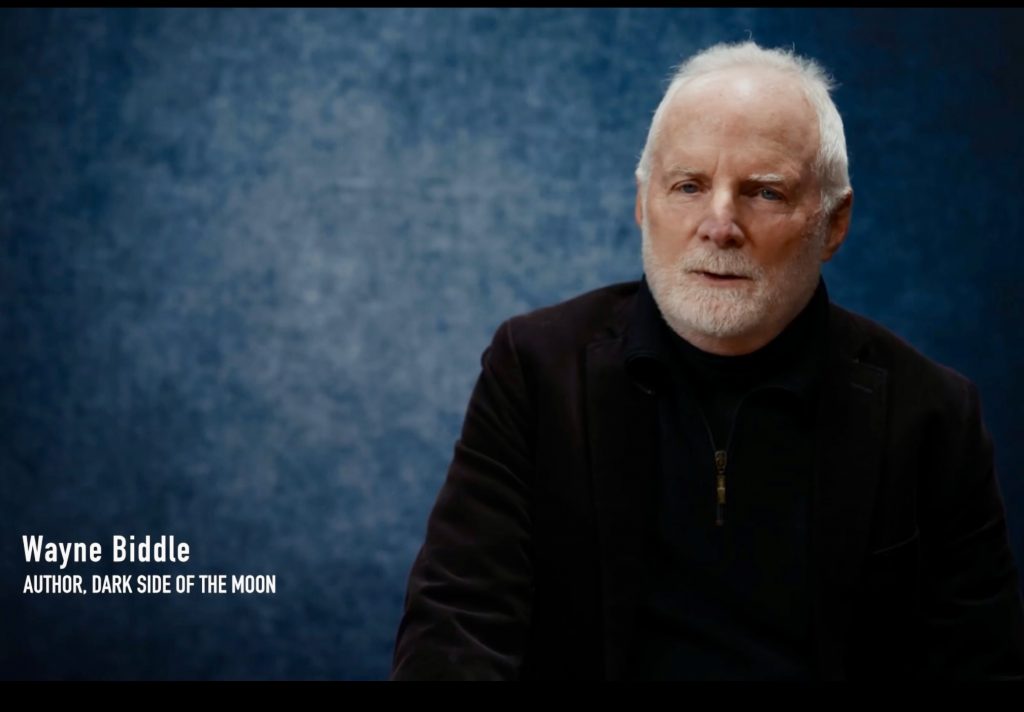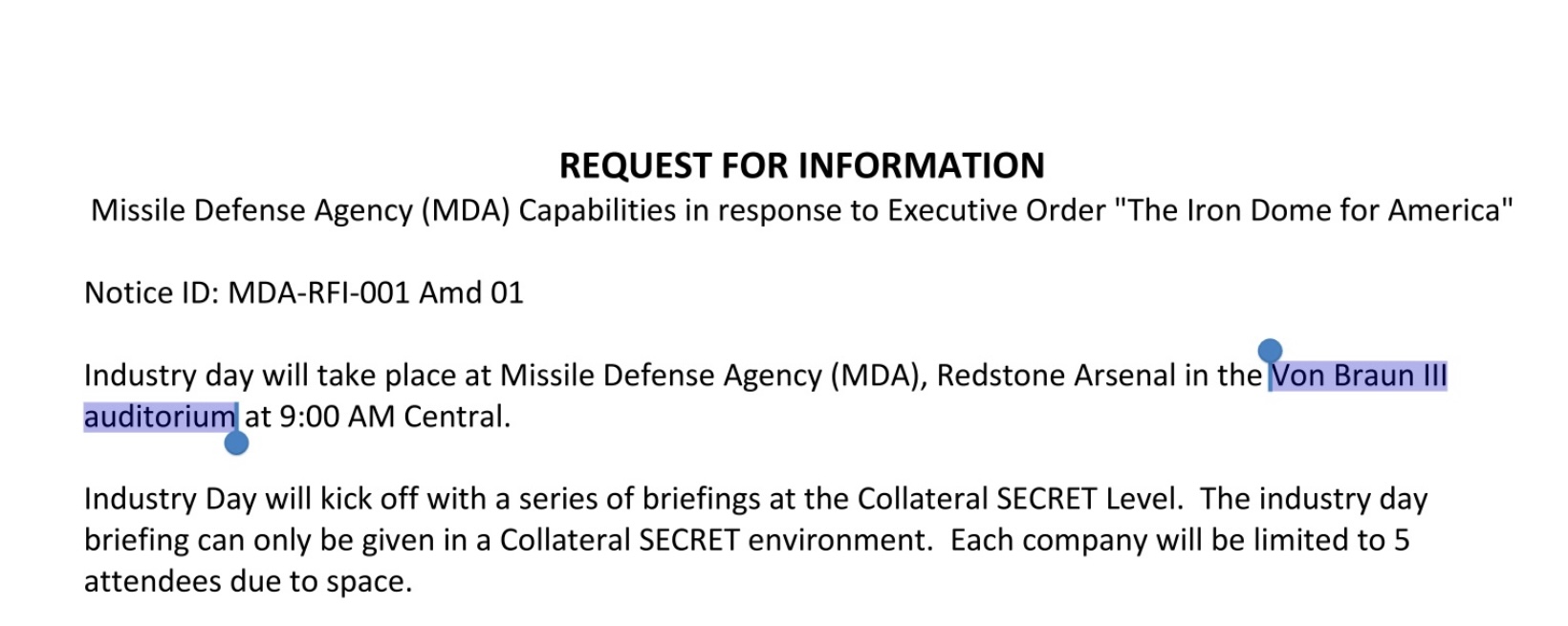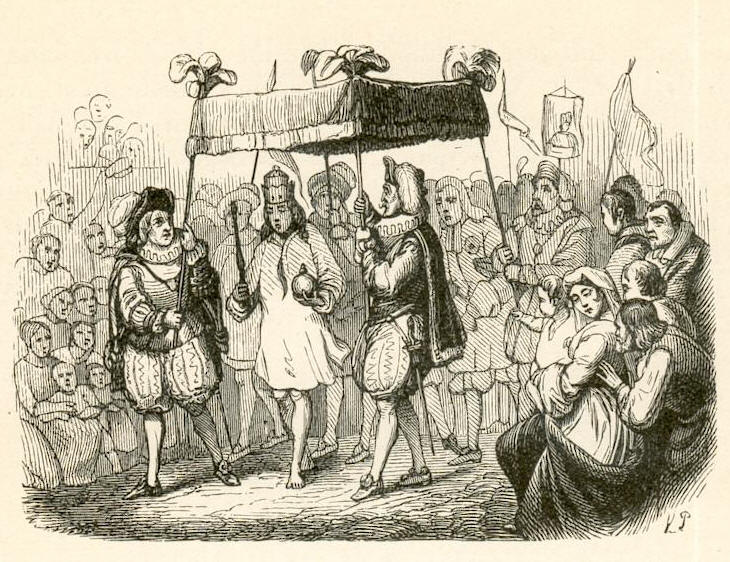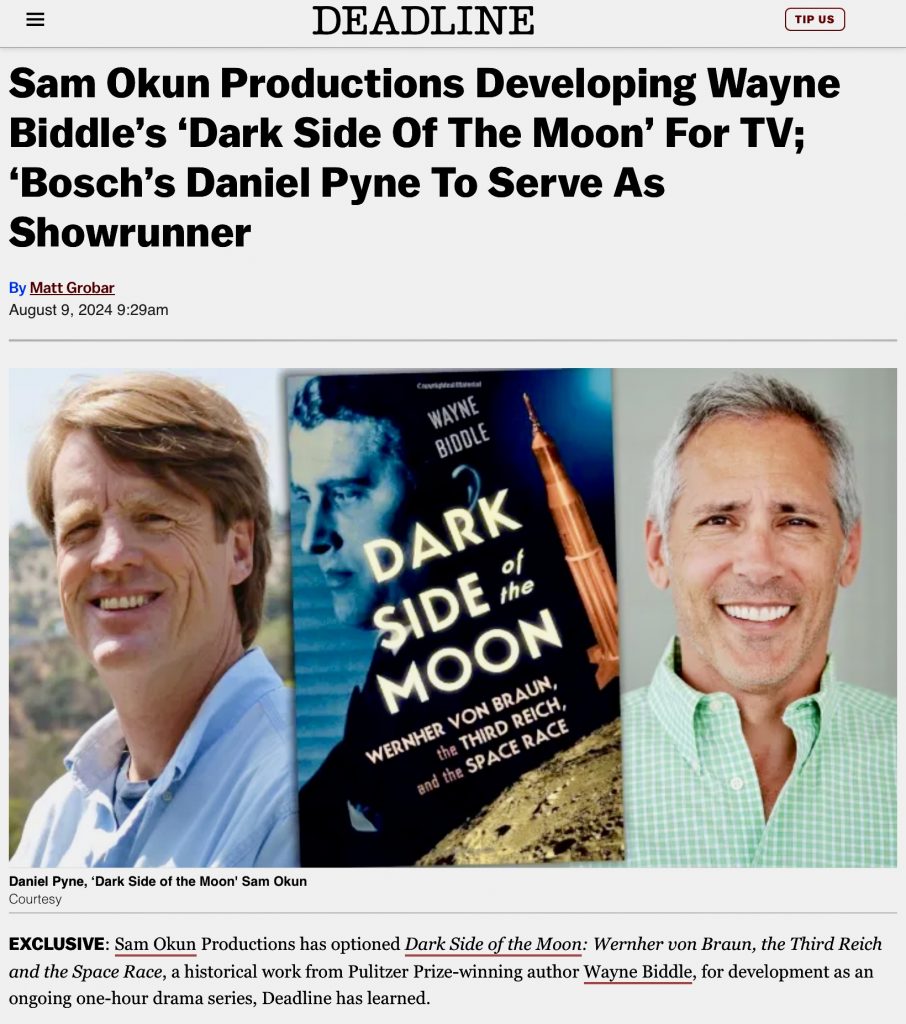U.S. government addiction to the pseudo-science of lie detection never dies. So once again I’ll resurrect my 1986 article “The Truth About Lie Detectors” in Discover magazine, which has lost none of its relevance over the years.
|
|
|
|
Plus ça change department: My “Letter from Washington” in the January 2004 Harper’s might need a few tweaks to refresh the news pegs, but otherwise it could have run last week.
A new documentary from Unity House films televised by Channel 4 public broadcasting in the UK. It presents the American cultivation of German scientists and engineers after WWII, whose Nazi Party affiliations and war crimes were whitewashed by U.S. government agencies. [please note: due to a film editing error, the “he” in my comment that begins “After Kennedy made that speech, he went to a park” refers not to President Kennedy but to NASA Deputy Administrator Robert Seamans (1918-2008), who told me in 1989 about sitting on a bench in Georgetown’s Montrose Park, staring at the full moon, and wondering if he was “nuts” to try to send people there]
A generous, soft-spoken source of practical sense amid the Byzantine cacophony of the military industrial complex. Unquestionably an eager young participant in the headlong race of Cold War nuclear weapons development—more a Gyro Gearloose, perhaps, than a Mr. Peabody, though he could do both—he nonetheless recoiled from abject fantasies like Ronald Reagan’s “Star Wars” system and its descendants, because he knew they wouldn’t work. “Rest in peace” is an apropos wish. https://www.nytimes.com/2025/05/14/science/richard-l-garwin-dead.html https://www.nytimes.com/1985/05/30/us/scientists-compare-star-wars-to-abm-debates.html “no analysis before or since shows it to be feasible with anything we now know or imagine” September 1985, on Ronald Reagan’s 1983 “Star Wars” proposal https://rlg.fas.org/850909-sdi.htm
Mike, Garwin’s H-bomb, 1952 A “dome” to defend the American homeland from missile attacks is just as fanciful today as it was in 1983, when Ronald Reagan announced his Strategic Defense Initiative “Star Wars” dream. Iron Dome, a catchy Israeli moniker for a very limited system, has now morphed into Golden Dome, which at least accurately expresses the protective layer this untold-billions program will place over the American military-industrial complex. Alchemists take note, this is how you do it in 2025. Hawk-eyed reporter, digital age soothsayer, hunt country escapee, rare friend in the NYT Washington bureau shark tank. https://www.nytimes.com/2024/10/05/nyregion/david-burnham-dead.html
|
